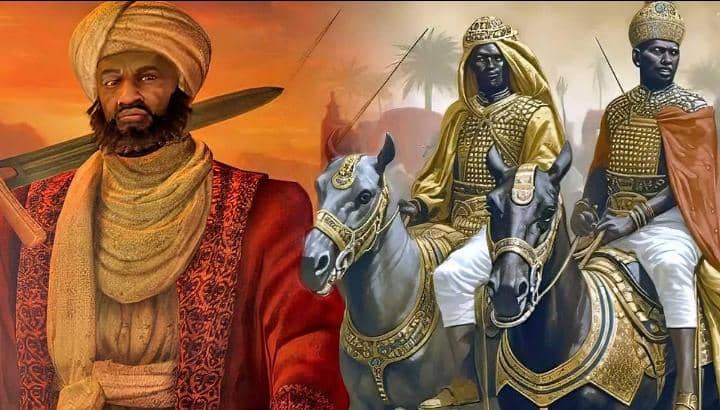The Songhai Empire was a powerful West African state that flourished during the 15th and 16th centuries. Centered around the city of Gao on the Niger River, the Songhai Empire grew to become one of the largest and most influential empires in the region’s history.
The origins of the Songhai people can be traced back to around 800 CE, when they established themselves in the city of Gao. Over the next few centuries, the Songhai gradually expanded their influence, eventually coming under the control of the Mali Empire in the 14th century. However, in 1375, Gao rebelled against Mali and the Songhai began their own imperial expansion.
Under the leadership of Sunni Ali Ber, the Songhai Empire rapidly expanded, conquering the important trade cities of Timbuktu and Djenné and gaining control of key trans-Saharan trade routes. By the end of the 15th century, the Songhai Empire stretched from the Atlantic Ocean to the borders of the Hausa states in modern day Nigeria.
The Songhai Empire was a highly organized state, divided into three main military zones and governed by a complex bureaucracy. The capital city of Gao was home to the emperor, while other important cities like Timbuktu and Djenné served as provincial capitals and centers of trade and learning.
The Songhai were renowned as great traders, with Timbuktu in particular becoming a hub for the trans-Saharan gold and salt trade. The empire also had a strong military, with a navy of over a thousand ships and a cavalry force of Berber warriors.
However, the Songhai Empire’s golden age was not to last. After the death of the great ruler Askia Muhammad in 1528, the empire was beset by a series of civil wars and ineffectual leaders. This instability left the Songhai vulnerable to outside attack, and in 1591 the Moroccan Sultan Ahmad al-Mansur sent an army to conquer the empire.
Despite outnumbering the Moroccan forces, the Songhai were no match for the Moroccans’ superior firearms. The Songhai army was routed at the Battle of Tondibi, and the last Songhai emperor, Askia Ishaq II, was killed. The Moroccan conquest marked the end of the Songhai Empire as an independent state.
In the aftermath of the Moroccan invasion, the Songhai elites fled Gao and established a new capital at Lulami. For the next three centuries, various Askias (emperors) attempted to revive the Songhai Empire, but they were never able to regain its former glory.
READ ALSO: The Oyo Empire’s Impact on Yorubaland
Finally, in 1901, the last vestiges of the Songhai state were conquered by French colonial forces, bringing an end to one of West Africa’s most remarkable empires.
Today, the legacy of the Songhai Empire lives on in the region’s history and culture. The cities of Gao, Timbuktu, and Djenné, once the heart of the Songhai Empire, remain important centers of trade and learning in modern-day Mali.
The Songhai people and their language also continue to be an integral part of the cultural fabric of West Africa.


2 Replies to “The Rise and Fall of the Mighty Songhai Empire”